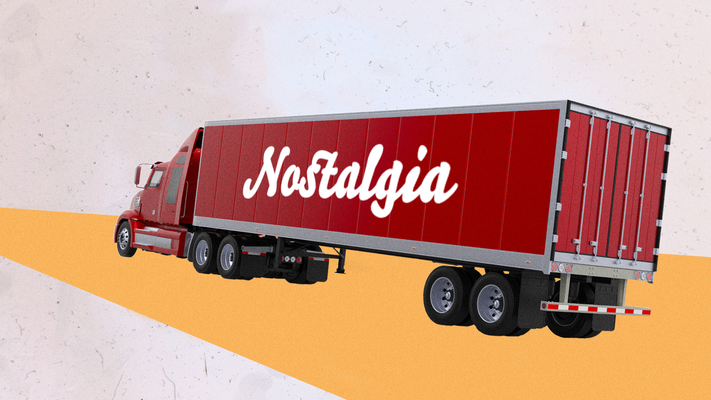Nostalgia in Marketing – How It’s Used and Why it Works
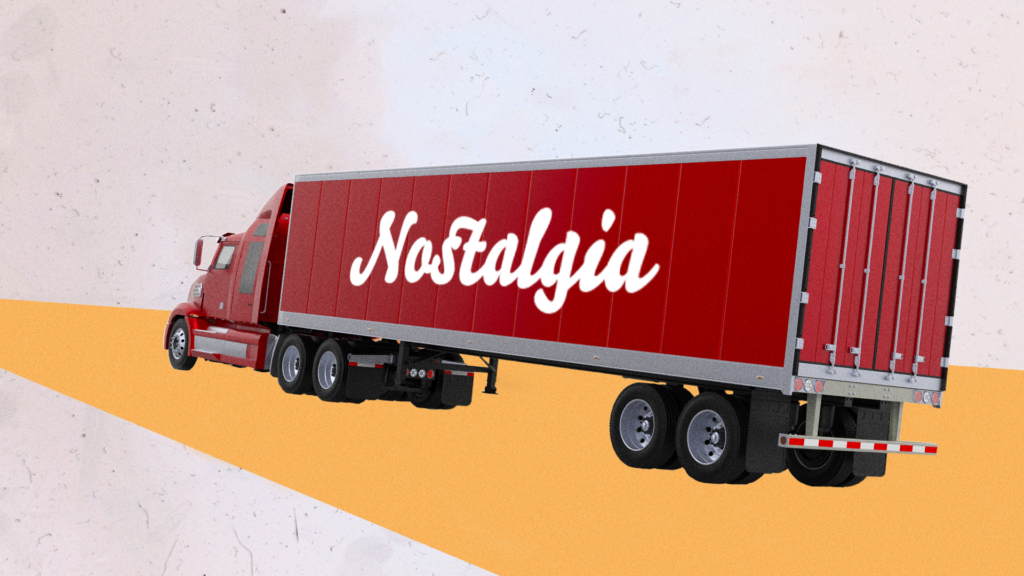 Whether it’s video ads, marketing campaigns, social media posts, or TikTok videos; both online and offline media and advertising is rife with references to the “good old days” - aka nostalgia. Toys, cartoons, video games, fashion trends, music, and more can be used in marketing to invoke a sense of nostalgia. A specific sense of nostalgia will appeal to a specific audience - either a target age group or shared interest. So if you have a certain audience in mind that you want to attract to your business, using nostalgia could be a great strategy…
Whether it’s video ads, marketing campaigns, social media posts, or TikTok videos; both online and offline media and advertising is rife with references to the “good old days” - aka nostalgia. Toys, cartoons, video games, fashion trends, music, and more can be used in marketing to invoke a sense of nostalgia. A specific sense of nostalgia will appeal to a specific audience - either a target age group or shared interest. So if you have a certain audience in mind that you want to attract to your business, using nostalgia could be a great strategy…
What is Nostalgia?
Nostalgia is defined as a feeling of sentimentality for the past, usually for a certain time or place associated with happy and positive feelings. Having said that, sometimes nostalgia can be used to evoke a bit of cringe, making fun of trends that dated badly. Think Britney and Justin’s denim on denim outfits from 2001. Not saying denim on denim can’t work sometimes (fashion trends seem to go in circles after all), but Justin was even wearing a denim hat… 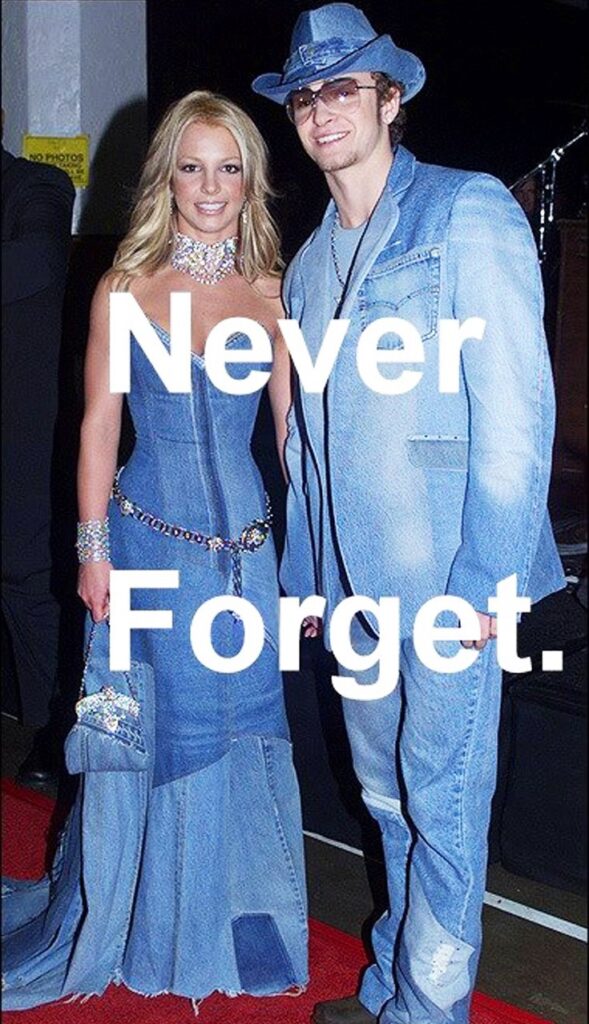
Examples of Nostalgia in Media and Marketing
Adverts (and Christmas)
One of the most notable and successful examples of nostalgia in advertising is probably Coca Cola’s “Holidays are coming” television advert. An advert so beloved that it’s still shown every Christmas since its introduction in 1995. They even do tours across the country with the famous Coca Cola Christmas truck from the ad. You can also buy Christmas jumpers and other merch that reference the “holidays are coming” ad, further capitalising on the beloved campaign – and showing how a good marketing strategy can really endure the test of time (with a bit of luck and talent). Side note: Some say that Santa wears red because of Coca Cola, and that he originally wore green or tan, however he had been portrayed in red (scarlet to be precise) before the drink was invented. Whilst Coke didn’t take all the credit, the classic Santa look has been shaped in part due to Coca-Cola’s advertising from the 1930s onwards. Christmas in of itself is a great time and a great way to do nostalgia. Many of us have fond memories of Christmas, from being kids to having kids, spending time with family, oh and perhaps the most important part of all… the presents and the food. 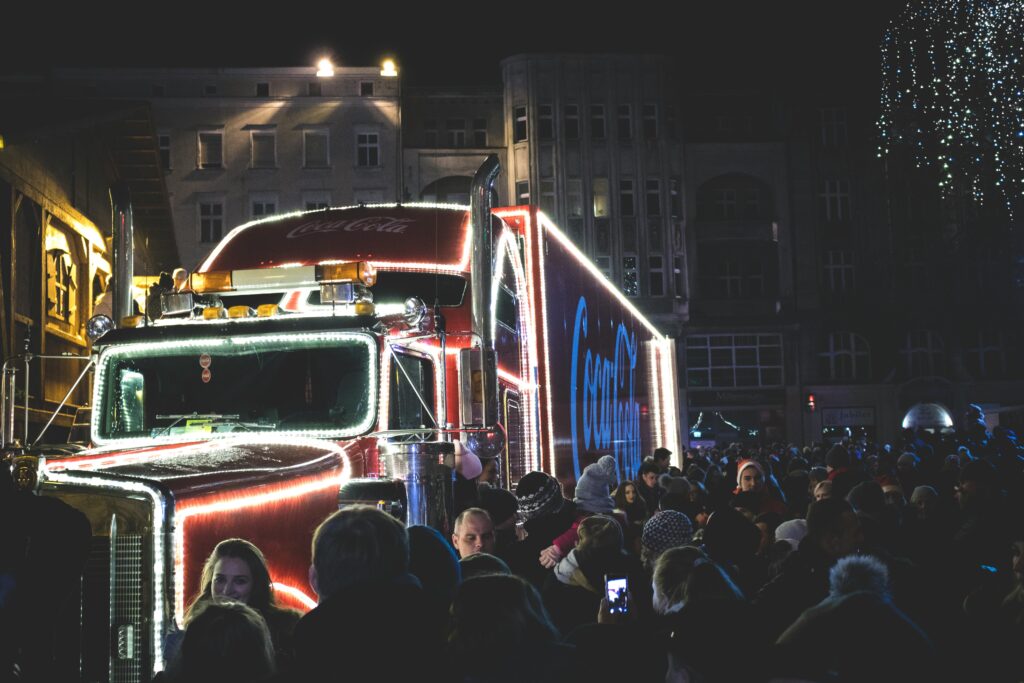
Advertising Using Different Decades
TV ads from certain periods tend to stick with us in general, whether it’s the song choice, a memorable catchphrase, the product itself, or just the weirdness (aka creativity) of the advert. Let’s say you were creating a marketing campaign, you could have advertising that refers to a chosen decade, such as the ‘90s. In this, you would mention things that were popular and the shared habits, hobbies, and (sometimes weird) trends that people did back then. If you’re going for ‘90s childhood-based things, this will instantly target people in their early thirties (yes, thirty) and late to mid-twenties. Is there something iconic from the past that you still think about today (besides the Roman Empire)? Or something that would suddenly “unlock” a memory if you were shown it now? What has a Gorilla playing the drums got to do with chocolate anyway…? These ads from the past are ingrained into us, as well as intertwined with our lives at the time they were airing. They’d be something that you’d see after school, after work, or perhaps when your kids were younger…
Nostalgia Across Media (Ft. Collabs)
As mentioned, nostalgia can be felt from a song, fashion, food, toys, and more. It’s important to highlight that sometimes companies decide to collaborate and combine two of the above. For example, various fashion brands (even high-end ones) will occasionally sell clothing featuring classic cartoon characters such as Pokémon, The Flintstones, Scooby Doo, etc. Collaborations with nostalgia-evoking celebrities also happen from time to time. “Hey, remember this person from that thing? They’re back and they’re selling THIS”. From a business and marketing perspective, this works great, as it promotes two brands at the same time, all whilst capitalising on nostalgic feelings. This is often done during big events such as America’s Super Bowl.
Music
In the music industry, a way of stirring up nostalgia could be something as simple as re-releasing a classic album or remastering old songs. It could also mean special concerts, tributes, or events - one example being Las Vegas’ “When We Were Young” festival, featuring a lineup of classic “Emo” bands. 2024’s headliners are My Chemical Romance (playing the entire The Black Parade album) and Fall Out Boy. Don’t forget classic band T-shirts and vintage tour T-shirts. These days, if for some reason you didn’t know any better, you could be forgiven (maybe) for thinking Nirvana was a clothing brand… 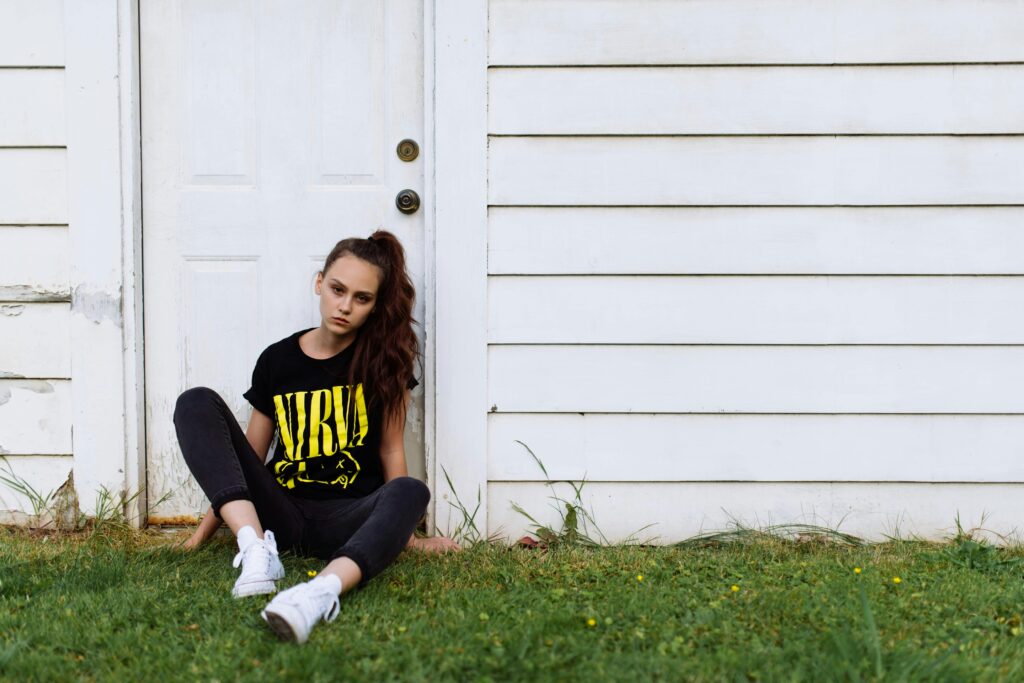 Throughout time, many songs have used samples to varying degrees of subtlety (except the first ever song, probably), but there definitely seems to be a boom in music that more obviously samples once popular songs, keeping the old song very recognisable within the new music. Similar to a cover, remix, or mashup. Modern examples include Beyoncé’s “BREAK MY SOUL” (yes, it’s in all caps) and David Guetta & Bebe Rexha’s “I’m Good (Blue)” sampling the classic hit “Blue (Da Ba Dee)” by Eiffel 65. Eminem has also recently sampled The Steve Miller Band’s Abracadabra for his new song “Houdini”, itself referencing Eminem’s old work in both the song and music video.
Throughout time, many songs have used samples to varying degrees of subtlety (except the first ever song, probably), but there definitely seems to be a boom in music that more obviously samples once popular songs, keeping the old song very recognisable within the new music. Similar to a cover, remix, or mashup. Modern examples include Beyoncé’s “BREAK MY SOUL” (yes, it’s in all caps) and David Guetta & Bebe Rexha’s “I’m Good (Blue)” sampling the classic hit “Blue (Da Ba Dee)” by Eiffel 65. Eminem has also recently sampled The Steve Miller Band’s Abracadabra for his new song “Houdini”, itself referencing Eminem’s old work in both the song and music video.
Music in Film and TV
Nostalgia use often ends up crossing over into multiple forms of media. Music can be used in a lot of ways, and so you’ll see it used in film, TV, social media, and sometimes even video games. This use of certain songs across advertising, social media and TV/Film has breathed new life into old songs. Notable examples are Kate Bush’s “Running Up That Hill” or Metallica’s “Master of Puppets” after they were used in Netflix’s Stranger Things. The show itself is based in the 80’s and rife with retro culture, references, and nods to 80’s films , since it was majorly influenced by The Goonies. More recently, Sophie Ellis-Bextor’s “Murder on the Dancefloor” saw a resurgence more than 20 years since its original debut after it was featured in the movie Saltburn at the end of 2023. This has resulted in the songs re-appearing on music charts, some more successfully than when they originally released. It has also led the same songs to feature on thousands of TikToks. Hearing these songs works differently for different audiences. For an older audience there may be some nostalgia associated with the tune, but for a younger audience, it could be a brand new discovery. This can lead to the younger audience connecting with the older audience – “Hey, I remember when this song first came out”.
Music and Social Media
TikTok itself has had a huge influence on song popularity, with or without a film or TV show. It’s revived old songs, sometimes with new elements such as remixes, sped up or slowed down versions. ABBA, for one, experienced a resurgence in many TikToks. Songs can become a huge part of memes shared on Reels/TikToks/posts on social media, especially as video is one of the most popular formats. Many brands will follow suit and use the songs on their social media videos, even better if they can show creativity and add something new and unique to the trend. Sometimes even a reference to a song, perhaps a quoted lyric or acknowledgement of the meme/trend can suffice.
Social Media in General
Music or not, social media can be nostalgic in its own right. Whether it’s reminiscing about Myspace or old layouts/features on apps we still use today. In fact, the classic Facebook “poke” feature returned earlier this year. It was never really gone, just hidden away slightly in cyberspace. You could still access it if you really searched for it. But it is no longer hiding, and gen Z are now discovering it.
Fashion
As mentioned, fashion trends can go in circles. Decades-old trends such as bell-bottom jeans from the ‘70s or the bright neon colour palette from the ‘80s can be resurrected or incorporated into today’s modern fashion, along with the aforementioned classic band T-shirts from decades gone. In particular, trends from the 90s and early noughties (also known as “Y2K fashion”) seem to be “so hot right now”. 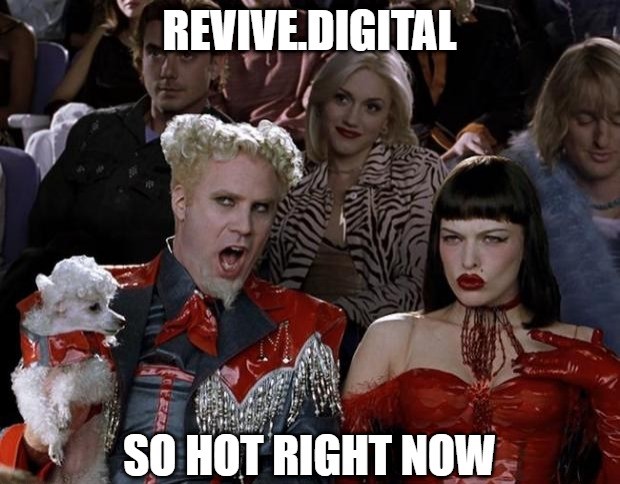 “Vintage” is a lasting trend and could refer to anything from clothing and haircuts to sunglasses, hats and other accessories. Again, fashion can also use designs incorporating old brands, logos, classic franchises, video games, movies, etc. to appeal to both a person’s fashion sense, their nostalgic emotions… and their wallet.
“Vintage” is a lasting trend and could refer to anything from clothing and haircuts to sunglasses, hats and other accessories. Again, fashion can also use designs incorporating old brands, logos, classic franchises, video games, movies, etc. to appeal to both a person’s fashion sense, their nostalgic emotions… and their wallet.
Film and TV
Besides merchandising products (fashion and toys), setting a story in a particular decade and/or utilising classic songs (music and trends), films, TV shows, and adverts can evoke nostalgia in many ways… A lot of franchises have stood the test of time, so reboots or legacy sequels such as new Star Wars or Ghostbusters movies may provide nostalgia for some. The same could be said for superhero or video game movies. In the last few years, we’ve seen film adaptations of both Sonic the Hedgehog and Super Mario Bros. Those who grew up with these franchises in the ‘80s and ‘90s (Mario is 40, Sonic is 30) might now be taking their kids to see the films, or using their kids as an excuse to see the films, or just going to see the films themselves for nostalgic reasons. These specific adaptations are primarily family friendly for young audiences, but filled with nods, references, cameos, and easter eggs for long-time fans, so they effectively capture at least two target audiences in different age groups. Side note: Whilst writing this blog, new things that lean into nostalgic tendencies have continued to show up in pop culture, with the recent Deadpool and Wolverine film being one example. The film brings back Hugh Jackman as Wolverine yet again, with references to other older Marvel films (no spoilers!) 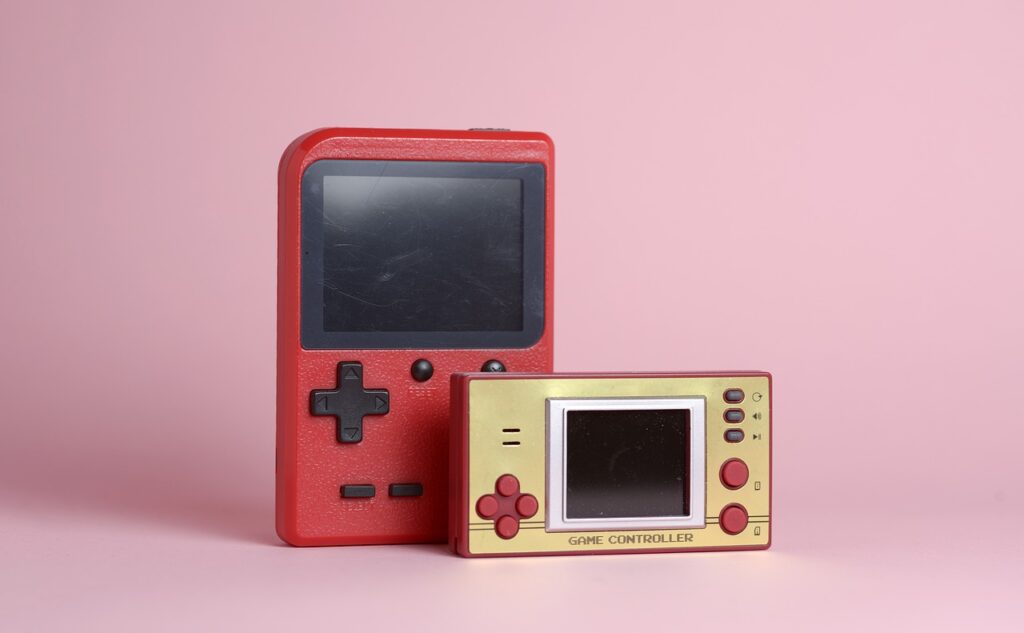
Toys and Games
Retro toys, board games, video games and games consoles (such as mini Nintendos) are often re-released or remade, with marketers hoping nostalgia will help boost sales. This especially works well in tandem with the release of a new product, such as a film - with the Lego Movie and Barbie being great examples. These toys or games may also feature new innovations or twists to keep things fresh and updated for both returning fans and newcomers. For those that like to socialise when gaming, you can find retro themed gaming events as well as bars with board games and old arcade machine cabinets becoming increasingly common - and probably popping up in towns near you. 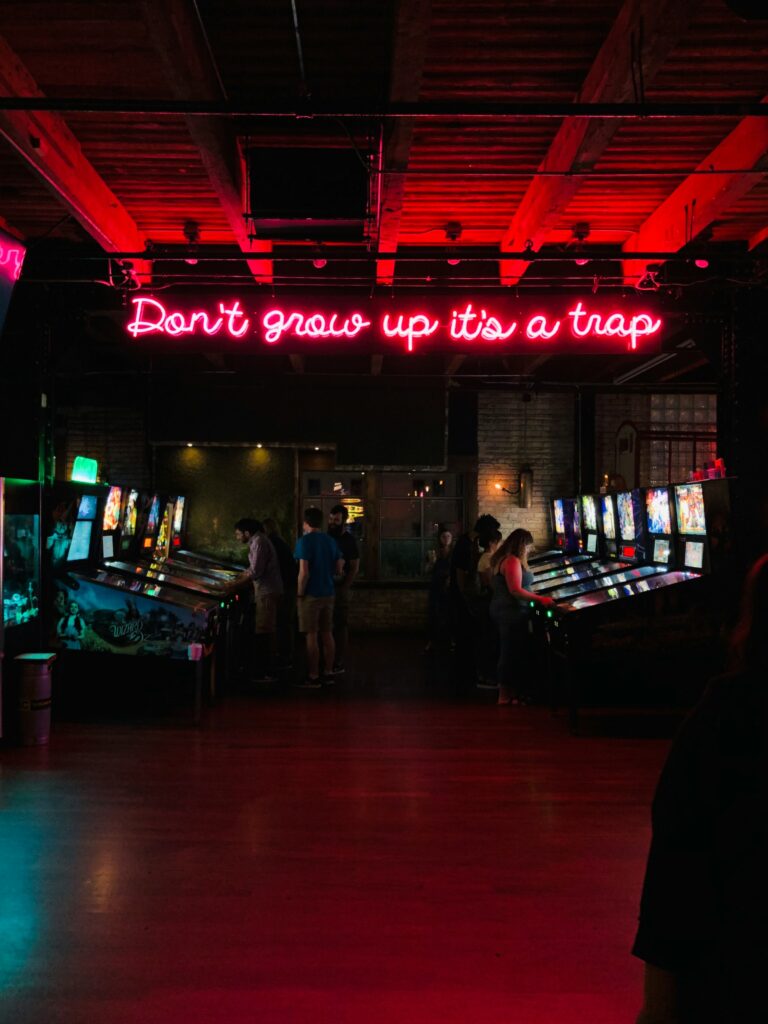
Food and Beverage
Popular restaurants or brands may decide to bring back a vintage or discontinued food, usually for a limited time. This might be due to an anniversary or birthday, or just for the sake of it! It’s also common to find themed restaurants that base their décor and/or menu items around certain decades, such as ‘50s/’60s diners. 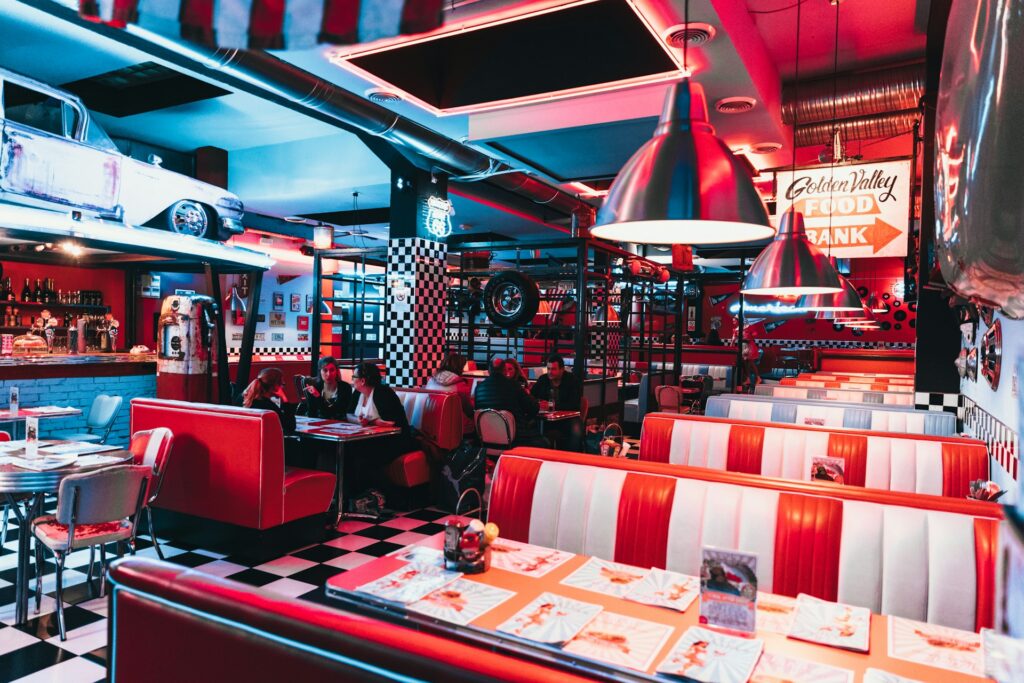
Technology
Retro technology has been popular for a while now. Nokia re-released a modernised version of its iconic and “unbreakable” 3310 back in 2017… and yes, you can still play “Snake” on it. Touch screen technology has also advanced enough that we now have folding smartphones for those who miss the portability of old flip-phones. Record players are still a sought-after item, and many bands release vinyl editions or cassette tapes of their albums, sometimes in various different colours. These retro format releases are a way for bands to appeal to the collectors among their fanbase, as well as a way for some bands to actually make some money, since digital streaming has changed the landscape a bit and affected things financially… After all, most bands rely on touring and merch sales for their main source of income these days, since CDs aren’t much of a thing anymore. 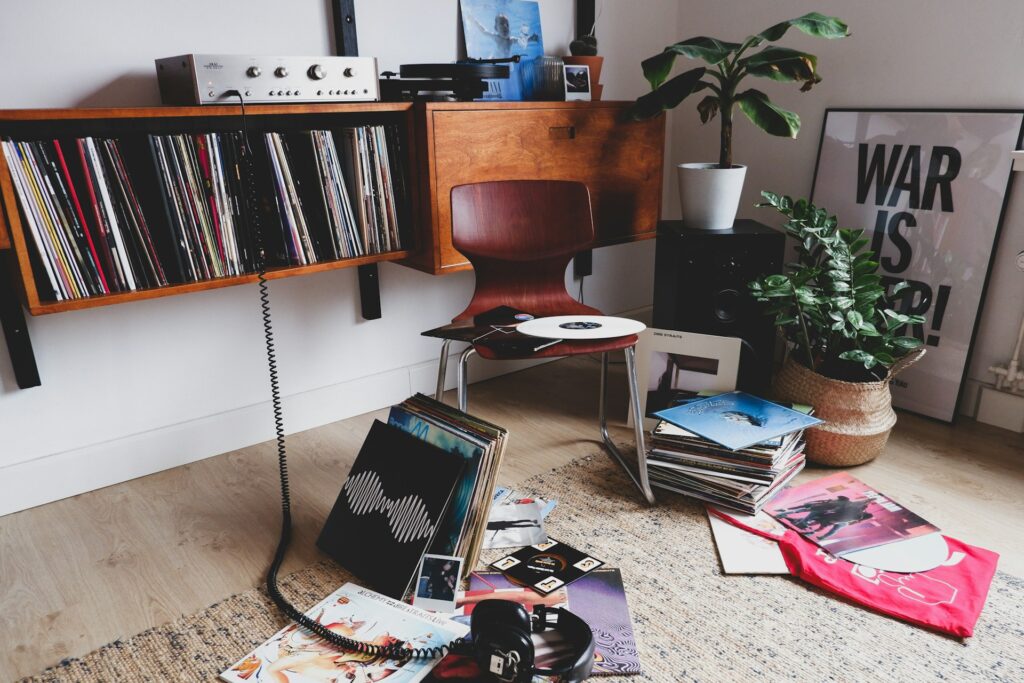
So Why Use It?
As you can see, nostalgia is used in many ways and forms. So why is it used and why is it so powerful? The biggest reason is that it allows you to emotionally connect with your audience by triggering positive memories from the past. This may bring them back to a time of comfort, familiarity and simpler times. Nostalgia can also be combined with brand storytelling, especially if you’ve been around for a while, and be used as a way to connect or reconnect with loyal customers who have been using your brand for a while. And whilst nostalgia may sometimes be aimed at a certain age range, older or younger people may also share those memories. Your parents, siblings (especially if close in age), or friends likely remember the same crazy old adverts and trends you grew up with – giving it a cross generational appeal and a great bonding opportunity.
Don’t Over Do It
This blog has used the word “nostalgia” a lot, so we won’t blame you if you don’t want to hear that word again for a while. Whilst it’s a highly popular technique in marketing, there is a risk of overdoing it or relying on it too much. Many audiences are starting to get fatigued by remakes, reboots, legacy sequels, and so on – so much so that many things are now regularly accused of using “Nostalgia bait”, a term that references the fact that nostalgia is increasingly relied on as a cheap way to exploit people’s feelings and attract their attention. With “nostalgia bait”, the aim is to make an audience believe that something new is good merely because it references something classic and beloved- rather than the new product being objectively good quality with or without the use of nostalgia. 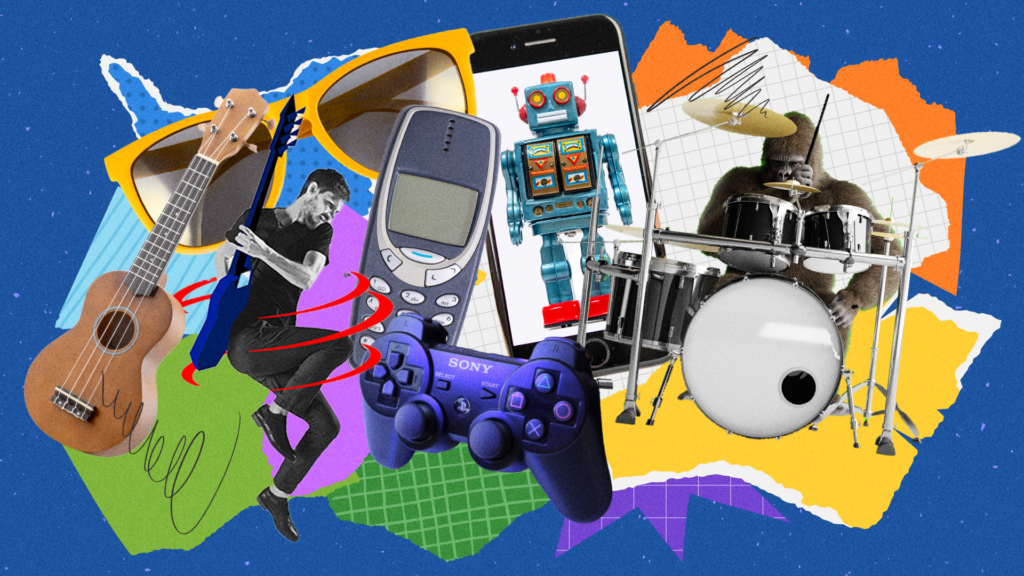
How It Could Help You
Utilising nostalgia can be as simple as a company showing the evolution of their brand, including their humble beginnings or how elements such as their logo has changed over the years. It could be a good way to tell your brand’s story. You may have seen this used in the “How it started Vs How it’s going” trend that continues to permeate corners of social media. Say you’re a company that’s been going for 30 years. Think of what was “trending” when you started out, could you use something from that time period - such as fashion, music, etc, to instantly connect with an audience? You could also use something from your brand’s history to create a meaningful connection to long term customers. It might be something you can try, it might not. To nostalgia or to not-stalgia? If in doubt about what marketing techniques your brand should use, speak to experts like us: Revive.Digital (est 2008).
More from Revive.Digital
For more marketing musings, check out all of our blogs here or follow our socials linked at the very bottom of the page. Here’s a list of a few events and trends from 2008 - when Revive was just a baby: News and Politics The 2008 global financial crisis Barack Obama became the 44th President of the United States Fashion Trends Skinny Jeans Neon Colours (as part of a 1980s revival) Leggings Oversized Sunglasses The rise of both the “Scene Kid” and the “Hipster” Popular Film Releases Iron Man (kickstarting the Marvel Cinematic Universe aka the MCU) The Dark Knight (Heath Ledger won a posthumous Oscar) Twilight (Made Robert Pattinson a household name – and eventually Batman) Step Brothers Tropic Thunder Taken WALL-E Indiana Jones and the Kingdom of the Crystal Skull The Curious Case of Benjamin Button Music and Albums Only by the Night – Kings of Leon Day & Age – The Killers 19 – Adele Viva la Vida or Death and All His Friends – Coldplay Death Magnetic – Metallica Vampire Weekend – Vampire Weekend Suicide Season – Bring Me The Horizon And many more from the likes of Katy Perry, Taylor Swift, Guns N’ Roses, etc. Notable Video Games Grand Theft Auto IV Fallout 3 Metal Gear Solid 4 Mario Kart Wii Technology and Media The iPhone 3G was released Facebook and Twitter continued to grow for both personal and commercial use Netflix was shifting from a DVD rental service to a streaming service Sorry to make you feel old (or too young)…


